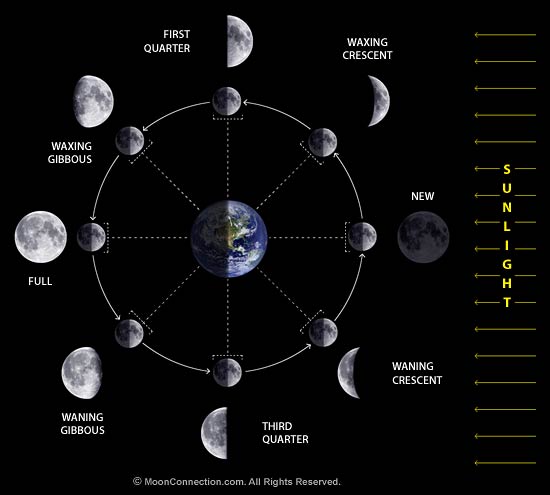Most popular stars
Stephen Ornes
April 1, 2009
http://www.sciencenewsforkids.org/2009/04/the-most-popular-stars-2/
Stephen Ornes
April 1, 2009
http://www.sciencenewsforkids.org/2009/04/the-most-popular-stars-2/
For a very long time people have been looking at stars and wondering how those get there and what they are made of? People have been wondering who lives there? Stars are very old, stars have been around as long as the universe it self.
Stars all come in different colors white, yellow, blue and red. Some stars are bright and very visible and others you can only see with tools like a telescopic etc. Stars move sometime in groups or sometime alone. Stars are sometimes surrounded by planets and others are not. Before World War 1 astronomers started to put the stars into two different groups dwarfs and giants. The sun is a dwarf, so then a giants must be hug because the sun is pretty big.
There is a dwarf called brown dwarf, brown dwarfs have only been found in 1995. Brown dwarfs arnt really brown they are almost totally black. Brown dwarfs also are not stars they are failed stars which astronomers call them.
So as you can see from the info above space is really interesting and in space it is totally different from earth and thats why i think so many people are interested in space and want to travel around space to encounter new things and learn new things as well.
To me space is totally awesome and i love how the stars look in to pictures, i also cant stop looking at stars through a telescopic. From me space is the coolest thing and i would love to learn more about space.
So as you can see from the info above space is really interesting and in space it is totally different from earth and thats why i think so many people are interested in space and want to travel around space to encounter new things and learn new things as well.
To me space is totally awesome and i love how the stars look in to pictures, i also cant stop looking at stars through a telescopic. From me space is the coolest thing and i would love to learn more about space.









